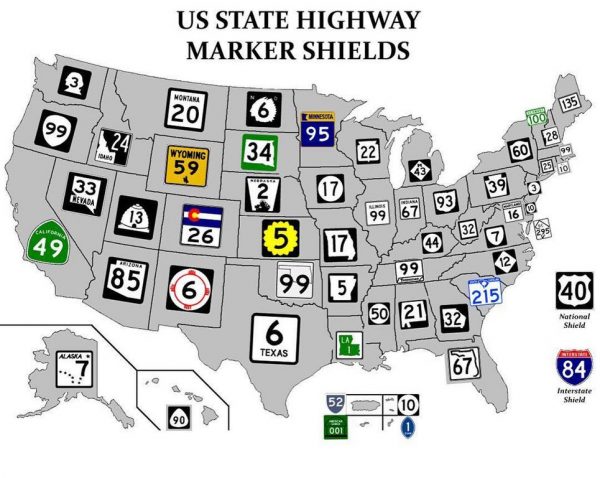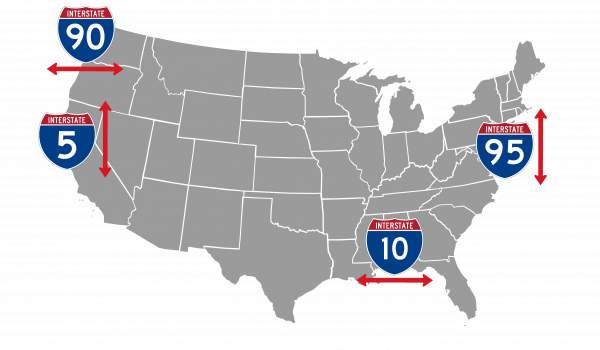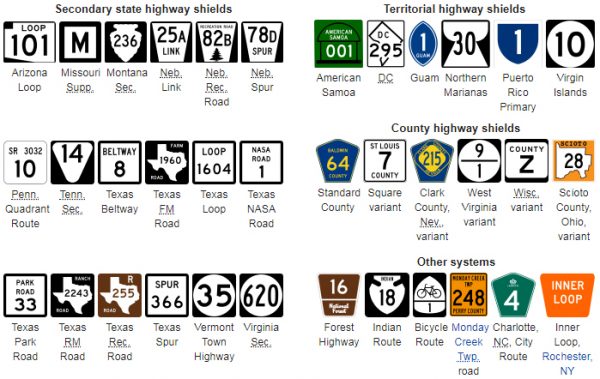Trays - Stainless Steel - metal tray
A side road is joining the continuing roadsign
You forgot to mention that the first digit of a three-digit Interstate highway signifies (with minor exceptions) the type of highway it is. An odd digit means the highway is a spur – that only one end connects to the Interstate Highway System – while an even digit means it is a loop – that both ends of it are connected to the Interstate Highway System.
These designs are not static, either. Many have changed over the decades (note: not all of the 1940s-era examples above were actually black-and-white, though overall the shields did feature less color). Some have retained their essence over time, but others, like New Mexico and Minnesota, have been radically revamped.
Road signs Australiameanings
Numerically, odds run north/south and evens east/west, though the numbers increase in the opposite way with respect to the U.S. Highway system, starting in the south and west and going up. Mile marker numbering usually starts at the western or southern edge of a state. In rare cases, these can also split, as with 35W and 35E in MN and TX.
Generally, north/south highways have odd numbers that get higher from east to west, while east/west ones have even numbers that get higher from north to south. Major routes mostly end in 1s and 0s while three-digit numbers tend to represent secondary or spur highways.
Road signs NSW meaning
Auxiliary Interstate Highways are mostly circumferential or radial highways designed to serve urban areas. These types of Interstate Highways are given three-digit route numbers, adding a single digit before the two-digit number of its parent Interstate Highway.


Green roadsignwith white lines meaning

Drag and drop to reorder. Your playlist is stored within your cookies, clearing your browser data may remove your playlist.
Road signs Victoria meaning
QLD road signs andmeanings
From U.S. Routes and Interstates to state and county roads (each with different signage and numbering systems) highways in the United States can be daunting. But there is beauty within that complexity, particularly at the intersection of state, country and territory signs.
The United States Numbered Highway System (also known as U.S. Routes or U.S. Highways) forms a nationwide grid that dates back to 1926. Route numbers and locations are coordinated by the American Association of State Highway and Transportation Officials.
State, Territorial, County and Secondary highway systems have a lot more variability in standards, capacity and quality, but also sign design, allowing different regions to approach signage in different ways.
Some shields, as in Colorado, fully integrate relevant regional graphics like the state flag. In other cases, like Alaska, New Mexico and South Carolina, individual flag elements are incorporated. Pennsylvania’s shield references the state’s nickname (the Keystone State) while Washington’s features the silhouette of America’s first president. Arizona, Nevada, Idaho and others show the outline of the state itself in varying detail. Still others feature simple geometric shapes, like the circles found in New Jersey, Kentucky, Mississippi, Iowa and Delaware.
Australian road signs PDF
Some states also have secondary highway systems to supplement the main one, usually for a specific purpose, like farm-to-market roads in Texas and connecting links as well as recreational highways in Nebraska. A Missouri subsystem was created to provide access to most farm houses, schools, churches, cemeteries, and stores within the state. Territorial markers in American Samoa, the District of Columbia, Guam, Northern Mariana Islands, Puerto Rico and the U.S. Virgin Islands all have different shapes and colors as well.
And then there are a few outliers like interstate 238 in the San Francisco Bay area. It is no where near Interstate 38 (if there is one) and it doesn’t loop! They probably just called it that so natives can refer to highway 238 which is part I-238 and state route 238 much like the 110 in LA which made of a state route changing into an interstate.
Dating back to 1956, the network took decades and a half-trillion dollars to build out — today, it spans around 50,000 miles and supports about 25% of U.S. vehicular traffic. Some planned routes were never completed, in part due to highway revolts in cities where local citizens were concerned about issues like neighborhood destruction, increased traffic and environmental impacts.
The Interstate Highway System (officially called The Dwight D. Eisenhower National System of Interstate and Defense Highways) is a more recent network of controlled-access highways that forms part of the National Highway System in the United States.
Meanwhile, if you’ve ever wondered about how those highway-side business signs work, and what it takes to get on one, check out the guide above. And for a crash course at the smaller end of the scale, explore local streets, avenues, ways and lanes in the guide below, which explains different types of roads and what they all mean.









 13322766566
13322766566